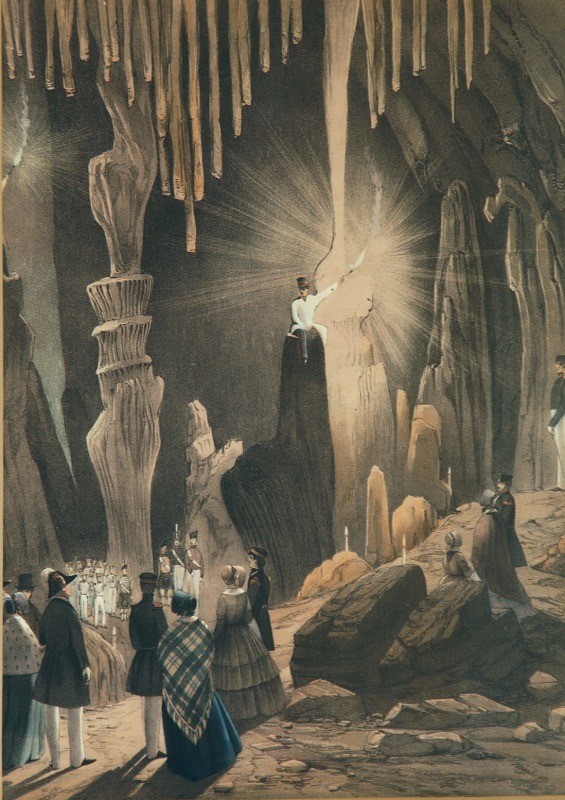Booth’s diaries

Booth’s diaries
We bring you the final entry from William Booth’s diaries:
“Saint Michael’s Cave is situated about 1,100 feet high nearly in a line with the Grand Barracks and New Mole. ‘Tis an opening in the mountain, that extends itself in length about 120 feet on a descent and from thence fall perpendicular to a great depth. The different precipitation has from’d the resemblances of irregular flutes and twisted pillows, which seem to support the upper part of this rocky Cave, that in some places it has so little thickness, that the light darts in one part of it. There is the remains of a thick wall at the mouth of this Cave, designed as a defence to the approaching it, & it is reported that this was where the Moors took refuge and there perished after having been drove by the Spaniards to that place.
Corporal’s Advance is under the southernmost point of the mountain anciently called Calpe, which is the highest part being 1376 feet high, this Guard house is for a Corporal and 3 men situated at the extremity of the Southern bounds as there is no passing further from thence for on the right is the Sea 250 feet high, the front is a precipice near 100 feet deep and the left is the Rock which rises above 700 feet so that this Guard seems to be designed for no other use but to look out towards the Sea and back of the hill.
From the Corporal’s advance the Rock still continuous in precipices at the back of the hill at various heights from 120 feet to 1300 feet and quite round under the Rock Guard & Willis’s dividing itself from hence in two parts the one continuing from Willis’s to the Upper part of the Moorish Castle, the other under the Prince’s and King’s Lines to the Prince of Hesses’s Battery, then looses itself into the entrance of the Town in different stages of flanks situated one above another with Parapets founded and sunk in the Rock. An Inundation in front of the Place taking up the greatest part of the narrow neck of land leaving little or no ground for cover, both Lines flanking the said neck of land & inaccessible
Besides being so high the Enemy would find great difficulty to make epaulements to cover themselves from that side to screen them from flank fire. These are the advantages which the strength of Gibraltar towards the land and is the only parts by which it can be regularly attacked.”
Image: St Michael's Cave. 1846. Captain J. M. Carter. Coloured Print
Published: June 25, 2020
Other similar VM - Military History
VM - Military History
military history fraternising in gibraltar - an incident during the south african war (unknown artist)
Published: April 05, 2020
18-20 Bomb House Lane
PO Box 939,
Gibraltar
